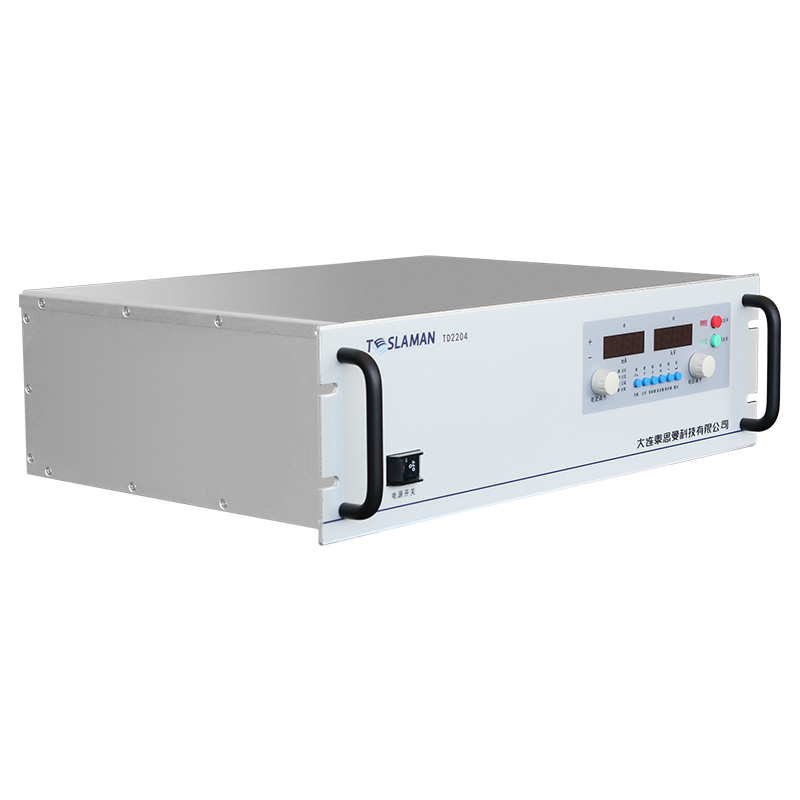Application Verification of High-Voltage Module Power Supply in LiDAR Systems
With the continuous development of technology, Light Detection and Ranging (LiDAR) systems are becoming increasingly widespread in fields such as autonomous driving, terrain mapping, and environmental monitoring. LiDAR systems measure the distance and velocity of target objects by emitting laser pulses and receiving the reflected signals, thereby obtaining high-precision three-dimensional information. In this process, the high-voltage module power supply, as one of the key components of the LiDAR system, provides stable high voltage to the laser, and its performance directly affects the measurement accuracy and stability of the LiDAR system. This article will discuss the application verification of high-voltage module power supplies in LiDAR systems from a professional perspective.
I. The Role of High-Voltage Module Power Supplies in LiDAR Systems
In LiDAR systems, lasers require high voltage to generate sufficient optical power so that they can propagate in the atmosphere and receive strong enough echo signals. The main function of the high-voltage module power supply is to convert the input low voltage (such as 5V or 12V) into the high voltage required by the laser (such as several thousand volts), while ensuring the stability and ripple requirements of the output voltage. This is crucial for the performance of the LiDAR system, as voltage fluctuations may lead to unstable output power of the laser, thus affecting the measurement accuracy.
II. Key Technical Indicators of High-Voltage Module Power Supplies
When selecting a high-voltage module power supply, it is necessary to pay attention to the following key technical indicators:
1. Output voltage range: Choose an appropriate output voltage range according to the needs of the laser to meet different application requirements.
2. Output current capability: Assess the maximum operating current of the laser and choose a high-voltage module power supply with sufficient output current capability to ensure that the laser can work normally under high load conditions.
3. Voltage stability and ripple: The output voltage stability and ripple of the high-voltage module power supply directly affect the stability of the laser's output power. Therefore, it is necessary to choose a high-voltage module power supply with low ripple coefficient and high stability.
4. Efficiency and thermal management: The efficiency of the high-voltage module power supply determines its heat generation during operation. An efficient power supply can reduce thermal issues and improve the overall reliability of the system. At the same time, good thermal management design can ensure that the high-voltage module power supply operates stably under harsh environments.
5. Anti-interference ability: The LiDAR system may be subject to various electromagnetic interferences during operation, so the high-voltage module power supply needs to have good anti-interference ability to ensure the stability and accuracy of the output voltage.
III. Application Verification of High-Voltage Module Power Supplies in LiDAR Systems
In practical applications, it is necessary to conduct strict testing and verification of high-voltage module power supplies to ensure that they meet the requirements of LiDAR systems. Here are some recommended verification methods:
1. Output voltage stability test: Test the output voltage stability of the high-voltage module power supply under different load conditions within the specified input voltage range to ensure that it meets the laser's requirements under various working conditions.
2. Ripple test: Use an oscilloscope or specialized instrument to measure the output ripple of the high-voltage module power supply to ensure that it meets the ripple requirements of the LiDAR system.
3. Efficiency test: Measure the working efficiency of the high-voltage module power supply under different load conditions to evaluate its heat generation and energy consumption in practical applications.
4. Anti-interference test: Test the output voltage stability and anti-interference ability of the high-voltage module power supply under simulated actual working environment electromagnetic interference conditions.
5. Long-term stability test: Conduct long-term aging tests on the high-voltage module power supply to evaluate its reliability and lifespan in practical applications.
Through the above verification methods, it can be ensured that the high-voltage module power supply performs optimally in the LiDAR system, providing a strong guarantee for the precise measurement and stable operation of the LiDAR system.




















